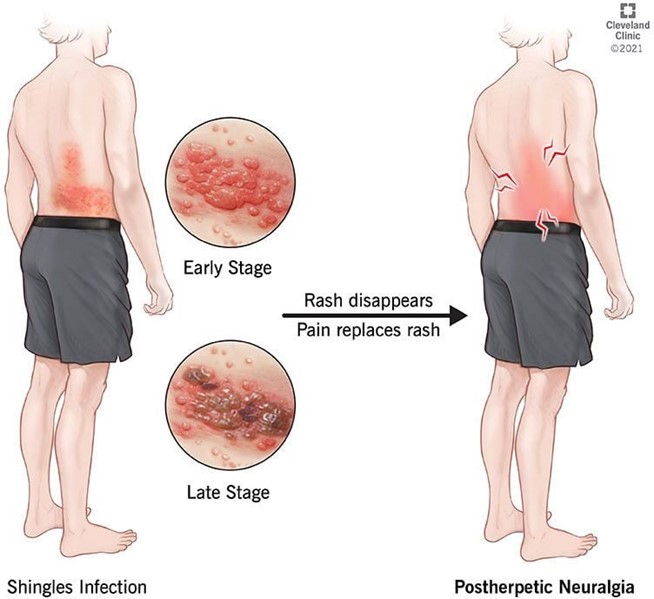The unlicensed assistive personnel (UAP) tells the practical nurse (PN) that a resident of the long-term care facility is reporting eye pain and photophobia. The resident is being treated for bacterial conjunctivitis. Upon entering the resident's room, the PN observes that the UAP has darkened the room and placed a warm compress over the resident's eyes. Which action should the PN take?
Turn lights on in the room.
Remove the warm compress.
Elevate the head of the bed.
Offer an oral analgesic.
None
None
The Correct Answer is B
The correct answer is choice B. Remove the warm compress.
Choice A rationale:
Turning the lights on in the room would likely exacerbate the resident’s photophobia (sensitivity to light), causing more discomfort. Photophobia is a common symptom of bacterial conjunctivitis, and keeping the room dim can help alleviate this discomfort.
Choice B rationale:
Removing the warm compress is the correct action. Warm compresses can sometimes be used to relieve symptoms of conjunctivitis, but they are generally more appropriate for viral or allergic conjunctivitis. In the case of bacterial conjunctivitis, warm compresses can potentially worsen the infection by providing a warm, moist environment that promotes bacterial growth. Instead, a cool compress is often recommended to reduce inflammation and discomfort.
Choice C rationale:
Elevating the head of the bed can help reduce swelling and promote drainage, but it is not directly related to the immediate relief of eye pain and photophobia in bacterial conjunctivitis. This action might be more relevant for conditions involving fluid retention or respiratory issues.
Choice D rationale:
Offering an oral analgesic could help manage the resident’s pain, but it does not address the underlying issue of the warm compress potentially worsening the bacterial infection. Pain management is important, but it should be combined with appropriate measures to treat the infection and alleviate symptoms.
Nursing Test Bank
Naxlex Comprehensive Predictor Exams
Related Questions
Correct Answer is A
Explanation
This is the best action for the PN to take because it provides immediate relief for the client's pain, which can be severe and debilitating in Herpes zoster. The PN should also assess the client's pain level, location, and characteristics and document the response to the medication.

B. Obtaining an oxygen tank for home administration is not indicated for this client and does not address his pain issue. Herpes zoster does not affect the respiratory system and does not cause hypoxia or dyspnea.
C. Giving the next prescribed dose of antiviral medication is not a priority for this client and may not have an immediate effect on his pain. Antiviral medication can help reduce the duration and severity of Herpes zoster, but it does not provide analgesia.
D. Notifying the nursing supervisor of uncontrolled pain is not a priority for this client and may delay his pain relief. The PN should notify the nursing supervisor only if the prescribed analgesic is ineffective or causes adverse effects.
Correct Answer is A
Explanation
The correct answer is Choice A:
The solution should approximate the client's body temperature (98°F or 36°C). Choice A rationale:
The ideal temperature for administering an oil retention enema is to approximate the client's body temperature. Using a solution at the client's body temperature helps to prevent discomfort and potential injury to the rectal mucosa. The temperature of 98°F (36°C) is considered safe and comfortable for the client.
Choice B rationale:
This option is incorrect because the temperature of the enema solution does matter. Administering an enema that is too cold or too hot can cause discomfort, cramping, and potential damage to the rectal tissue.
Choice C rationale:
This option is not the best choice because relying solely on the client's comfort level may not ensure the optimal temperature for the enema solution. The client's perception of comfort can vary, and it may not necessarily reflect the ideal temperature for administration.
Choice D rationale:
This option is incorrect because using a temperature higher than the client's body temperature, such as 110°F (43°C), can be harmful and increase the risk of burns or injury to the rectal lining.
Whether you are a student looking to ace your exams or a practicing nurse seeking to enhance your expertise , our nursing education contents will empower you with the confidence and competence to make a difference in the lives of patients and become a respected leader in the healthcare field.
Visit Naxlex, invest in your future and unlock endless possibilities with our unparalleled nursing education contents today
Report Wrong Answer on the Current Question
Do you disagree with the answer? If yes, what is your expected answer? Explain.
Kindly be descriptive with the issue you are facing.
